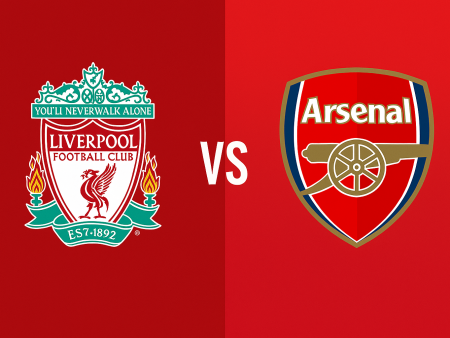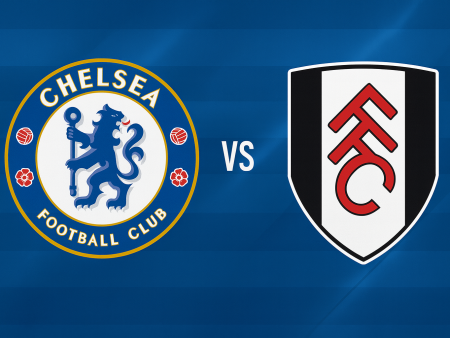The Evolution of Formations in the Premier League: From Ferguson to Guardiola
The Crucial Role of Football Managers in Shaping the Modern Game
In football, few roles are as pivotal as that of the manager. Their influence extends from tactical decisions and team selection to their rapport with players, all of which significantly determine a club’s performance on the pitch. As the sport evolves, these responsibilities grow more complex, requiring adaptability and fresh approaches. The Premier League has long been a showcase for some of the world’s most innovative managers, including figures like Pep Guardiola, Jurgen Klopp, and Thomas Tuchel, each leading top clubs and pushing tactical boundaries. While star players often dominate headlines, the strategies crafted by these managers shape club fortunes and define eras in English football.
Sir Alex Ferguson: Redefining Dominance Through Adaptation
No history of Premier League tactics is complete without mentioning Sir Alex Ferguson and his transformative spell at Manchester United. During nearly three decades at the helm, Ferguson claimed an unmatched collection of 38 trophies-including 13 league titles and two UEFA Champions League victories.
Ferguson’s tactical acumen became most apparent in the early 1990s when his approach to the 4-4-2 formation set his teams apart. While not the originator of the system, he became a master of evolving it-often fielding a version closer to a 4-4-1-1, with one striker operating just behind the other. His teams were famous for a central midfielder who covered the pitch box-to-box, providing both defensive steel and attacking support. These tactical shifts not only secured United’s dominance but also influenced rivals who sought to replicate his success.
What truly set Ferguson apart was his ability to reinvent tactics as the game changed. Throughout the years, he was unafraid to overhaul systems, integrating new formations and adapting to evolving styles of play. This versatility ensured Manchester United’s continued competitiveness and left an enduring legacy on Premier League tactics.
Arsene Wenger: Introducing Creativity and Invincibility
While Ferguson’s influence was profound, Arsene Wenger’s arrival at Arsenal heralded a new era of attacking football in England. Wenger deviated from traditional tactics by emphasizing a creative ‘number 10’ role, often embodied by Dennis Bergkamp behind the striker. This adjustment offered Arsenal a fresh dimension-merging fluid passing play with efficient attacking transitions.
Wenger’s approach forced defenders into uncomfortable positions, attempting to contain both central creators and lightning-quick wingers. The strategy not only benefited individual stars like Thierry Henry but also disrupted opponents and paved the way for an unbeaten league season-a remarkable achievement that continues to define Wenger’s legacy.
By instilling fluidity and technical finesse, Wenger helped reshape the English game, making creativity and adaptability vital components of successful football.
Jose Mourinho: The Tactical Revolution and the Rise of 4-3-3
In the early 2000s, tactical orthodoxy in the Premier League revolved around systems like 4-4-2 or its variants. Jose Mourinho’s arrival at Chelsea disrupted the status quo. Recognizing the potential of strengthening midfield dominance, Mourinho favored a 4-3-3 formation. With Claude Makelele providing defensive cover in front of the backline, midfielders like Frank Lampard were granted more attacking freedom, contributing goals from deeper positions.
This configuration placed additional demands on the lone striker-most notably Didier Drogba-who became the focal point for offensive plays. While Mourinho wasn’t the first to deploy the 4-3-3, he was essential in popularizing the system throughout English football, inspiring peers and challengers to adopt similar tactics in pursuit of success.
His methods didn’t just win trophies; they fundamentally shifted expectations around defensive solidity and midfield versatility-elements now ingrained in countless Premier League clubs.
Modern Innovations: Fluid Formations Under Guardiola and Klopp
As the 2010s dawned, the next tactical evolution was shaped by managers like Pep Guardiola. At Barcelona, Guardiola’s focus was on relentless pressing and controlled possession. His tactical blueprint continued to evolve at Bayern Munich-where hybrid formations like 4-1-4-1 made headlines-and into his tenure at Manchester City, where shape became less rigid and player roles more dynamic.
Guardiola’s philosophy emphasized adaptability: formations became guidelines rather than fixed structures. Players were encouraged to move fluidly, maintain high tempo, and improvise within a broad tactical framework. This approach became synonymous with rapid, exhilarating football that’s now emblematic of the modern era.
Similarly, Jurgen Klopp employed a dynamic 4-3-3 at Liverpool-centered on intense pressing, quick transitions, and shared creativity. Both managers have shown that success in modern football often relies on flexibility rather than strict adherence to one system.
As 4-3-3 and its close relative, 4-2-3-1, remain widely adopted, current and future managers continue experimenting-seeking new ways to counter established systems and carve out the next phase of tactical evolution.
Conclusion: The Lasting Impact of Managerial Pioneers on Premier League Tactics
The transformation of football formations in England is a testament to visionary managers who have continually redefined the game. From Sir Alex Ferguson’s adaptive dominance, through Wenger’s creative revolution, Mourinho’s tactical rigor, to Guardiola and Klopp’s fluidity, each has left an indelible mark.
Their innovations not only delivered silverware but also changed how teams across the league approach the game. The story of Premier League tactics underscores the importance of ingenuity, adaptability, and leadership-qualities that keep the beautiful game evolving with each new generation of managers and players.













